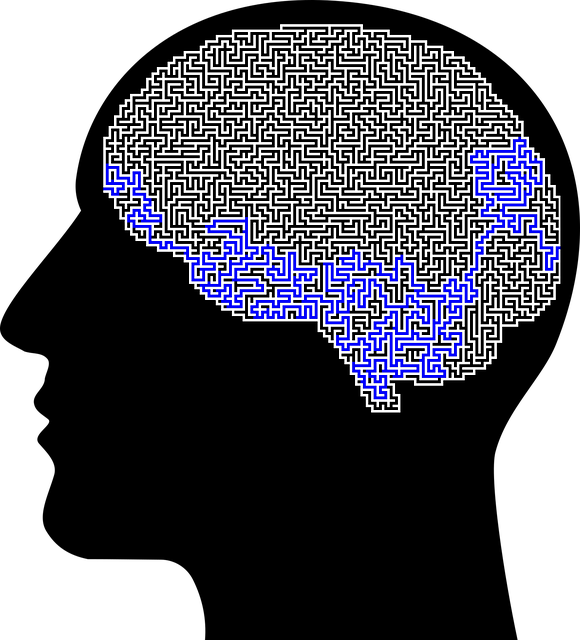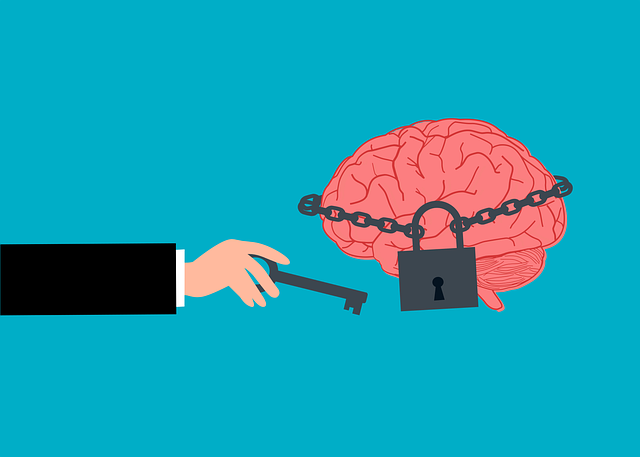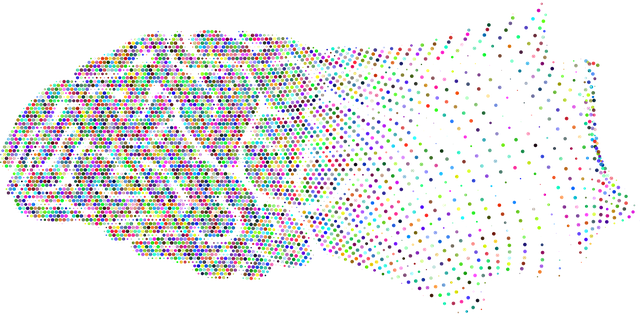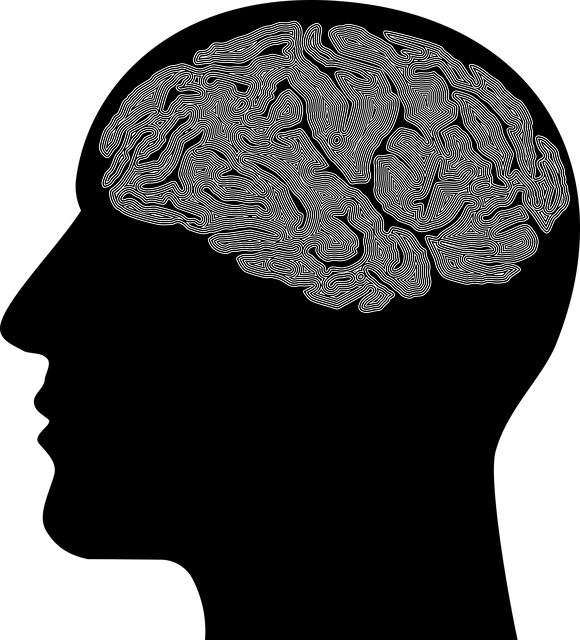Burnout among healthcare professionals, particularly in demanding fields like Golden Learning Disability Therapy (GLDT), is a critical issue. Driven by heavy workloads, long hours, and intense caring responsibilities, burnout manifests as emotional exhaustion, depersonalization, and reduced personal accomplishment. Prevention strategies focus on stress management techniques and supportive work environments. Self-care, including holistic well-being practices and support groups, is vital. GLDT, a revolutionary approach, enhances patient care by empowering individuals with learning disabilities to improve mental wellness and navigate daily challenges. Building resilient work environments with organizational support, open communication, and effective risk management planning mitigate burnout risks.
Healthcare provider burnout is a growing concern, impacting patient care and organizational productivity. This article explores comprehensive strategies to prevent burnout among healthcare staff. We delve into the root causes and symptoms, emphasizing self-care practices for well-being. A unique approach, Golden Learning Disability Therapy, offers innovative solutions to enhance patient interactions. Additionally, we discuss building resilient work environments, fostering open communication, and organizational support as key factors in combating burnout.
- Understanding Burnout Among Healthcare Providers: Causes and Symptoms
- The Role of Self-Care in Preventing Burnout: Strategies for Well-Being
- Golden Learning Disability Therapy: A Unique Approach to Enhance Patient Care
- Building Resilient Work Environments: Organizational Support for Staff
- Fostering a Culture of Open Communication: Addressing Burnout Through Collaboration
Understanding Burnout Among Healthcare Providers: Causes and Symptoms

Burnout among healthcare providers is a growing concern, impacting not only individual well-being but also patient care and organizational productivity. It’s essential to recognize that burnout isn’t merely feeling stressed; it’s a state characterized by emotional exhaustion, depersonalization, and reduced personal accomplishment. The causes are multifaceted, often stemming from heavy workload, long hours, high-pressure environments, and the unique demands of caring for others at an intense level.
Symptoms manifest in various ways, including increased irritability, fatigue, decreased motivation, and a sense of detachment from work. In some cases, healthcare providers may experience what’s known as “compassion fatigue,” where the emotional energy required to care for trauma victims or those with severe conditions becomes depleted. This is especially pertinent given the prevalence of Golden Learning Disability Therapy and Trauma Support Services within healthcare settings. Effective burnout prevention strategies, focusing on stress management techniques and fostering a supportive work environment, are crucial in mitigating these risks and ensuring providers can thrive while delivering quality care.
The Role of Self-Care in Preventing Burnout: Strategies for Well-Being

In the high-pressure world of healthcare, where professionals often juggle demanding schedules and complex patient care, self-care is a powerful tool for preventing burnout. Healthcare providers must prioritize their well-being to sustain their passion and resilience over time. The role of self-care extends beyond mere relaxation; it involves a holistic approach to nurturing the mind, body, and spirit. This includes engaging in activities that recharge energy levels, such as regular exercise, mindfulness practices like meditation or yoga, and maintaining a balanced diet.
Additionally, joining support groups or attending stress management workshops organized by organizations dedicated to healthcare worker well-being can offer valuable strategies for coping with workplace challenges. These sessions often focus on inner strength development and provide platforms for professionals to share experiences, learn from peers, and access evidence-based stress reduction methods. Incorporating these practices into daily routines can help healthcare providers manage stress levels, enhance job satisfaction, and ultimately improve patient care outcomes.
Golden Learning Disability Therapy: A Unique Approach to Enhance Patient Care

Golden Learning Disability Therapy offers a unique approach to enhancing patient care, especially within the context of burnout prevention strategies for healthcare providers. This therapeutic method focuses on empowering individuals with learning disabilities to develop essential coping mechanisms and improve their mental wellness. By teaching them practical skills to navigate daily challenges, this therapy fosters resilience and self-reliance, ultimately reducing the risk of burnout.
In the realm of crisis intervention guidance, Golden Learning Disability Therapy plays a pivotal role. It equips healthcare providers with innovative tools to support patients with learning disabilities during stressful situations. Through this tailored approach, healthcare professionals can enhance their ability to deliver compassionate and effective care, thereby mitigating the potential for burnout in high-pressure environments.
Building Resilient Work Environments: Organizational Support for Staff

Building resilient work environments is a key strategy to prevent burnout among healthcare providers, especially in the case of mental health professionals like those at Golden Learning Disability Therapy. Organizational support plays a pivotal role in fostering a culture that values and prioritizes staff well-being. This involves implementing policies and practices that promote a healthy work-life balance, recognizing and rewarding employees’ efforts, and providing regular feedback channels for staff to voice concerns and offer suggestions.
Creating an environment where mental health professionals feel valued and heard is essential. Incorporating Mind Over Matter principles into daily operations can help manage stress and enhance resilience. Additionally, effective risk management planning and assessment (as outlined in Risk Management Planning for Mental Health Professionals and Risk Assessment for Mental Health Professionals) are crucial to identifying potential hazards and implementing preventive measures, ensuring staff members can provide care without undue risk of burnout or emotional exhaustion.
Fostering a Culture of Open Communication: Addressing Burnout Through Collaboration

In healthcare settings, fostering a culture of open communication is a powerful strategy to prevent provider burnout. Encouraging therapists and medical professionals to express their concerns, experiences, and ideas openly creates an environment where collaboration can thrive. This collaborative approach allows for the identification of potential burnout triggers within the workplace and facilitates the development of collective solutions. For instance, Golden Learning Disability Therapy clinics can organize regular staff meetings or forums where individuals share their challenges and successes, fostering a sense of community and mutual support.
By implementing this strategy, therapists can benefit from each other’s perspectives, leading to improved emotional regulation and enhanced self-esteem. Encouraging open dialogue also promotes positive thinking and reinforces the belief that burnout is not an individual struggle but a shared experience. This collective mindset empowers healthcare providers to make necessary changes in their work environment, ultimately reducing stress levels and promoting long-term well-being.
In light of the growing concern for healthcare provider burnout, this article has explored several effective strategies to combat this issue. From recognizing and addressing self-care needs to implementing innovative therapies like Golden Learning Disability Therapy, organizations can create a culture that supports staff resilience. Building resilient work environments and fostering open communication are also vital steps towards enhancing patient care and maintaining a healthy workforce. By integrating these strategies, healthcare institutions can navigate the challenges of burnout, ensuring a more sustainable and fulfilling work environment for all professionals.














